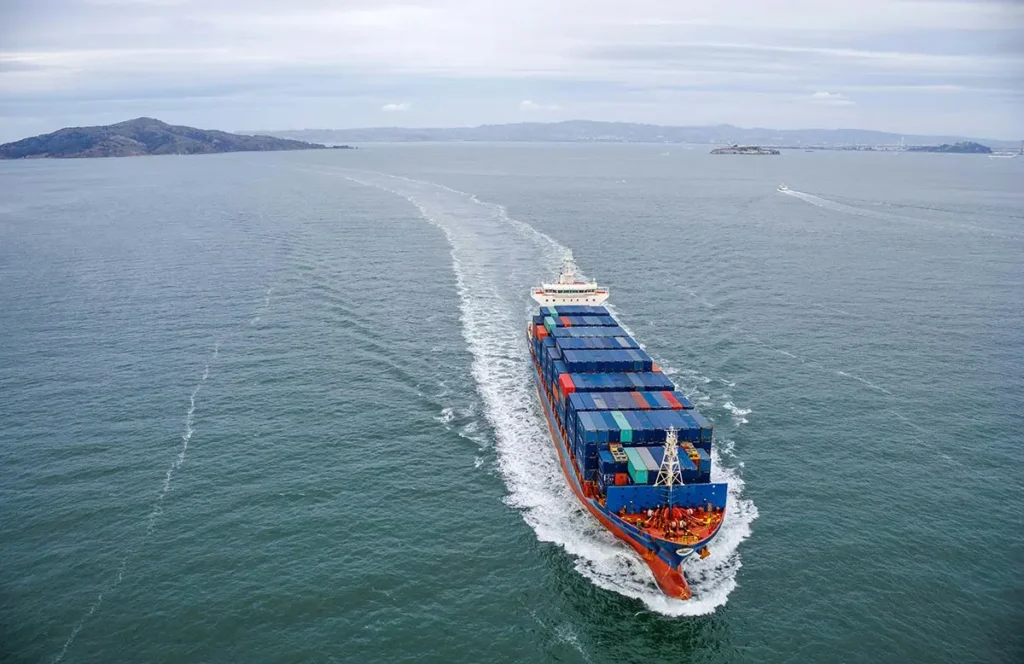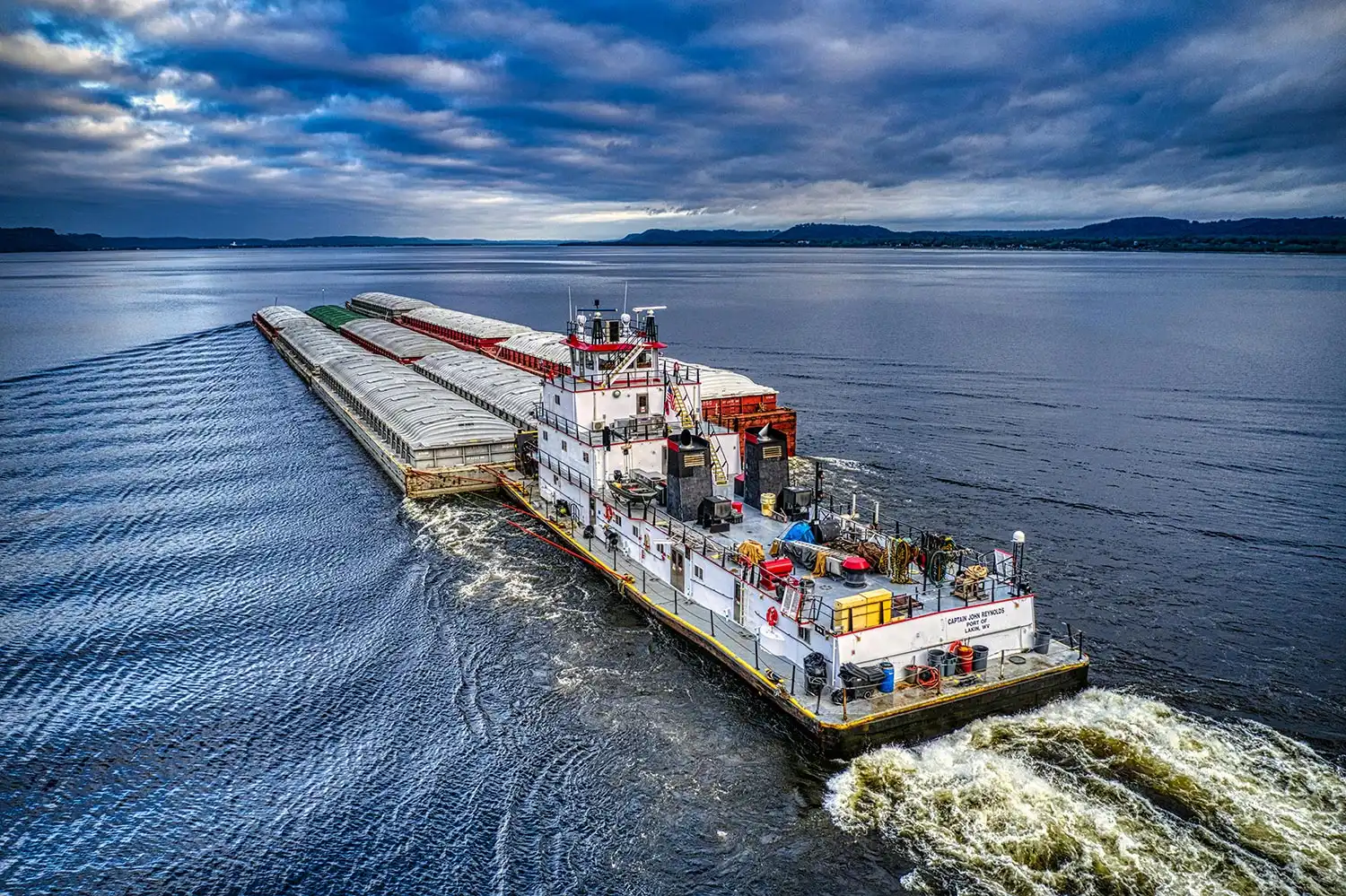Barge transportation plays a crucial role in moving goods efficiently, especially for bulk commodities across rivers and seas. However, disruptions such as weather conditions, equipment failures, or regulatory changes can significantly impact operations. Planning for potential disruptions is essential to minimize delays and optimize logistics. This article explores key strategies for managing these challenges.
Assessing Potential Risks
To effectively manage disruptions, it’s crucial to identify potential risks. These include natural disasters, accidents, strikes, or regulatory shifts. A comprehensive risk assessment should be conducted regularly to anticipate issues and develop contingency plans. Understanding the specific vulnerabilities within the transportation route helps in proactively mitigating these risks.
Developing Contingency Plans
Contingency plans are a vital tool in managing disruptions. These plans should outline alternative transportation routes, backup vessels, and necessary communication procedures. Regularly updating these plans ensures they reflect the current operational environment. Additionally, it’s critical to include response strategies for crew and cargo safety during unplanned disruptions.
Technology Integration for Monitoring

Technology can be a game changer in disruption management. Real-time monitoring tools, such as GPS tracking, weather forecasting systems, and automated alerts, help in assessing risks promptly. These tools provide accurate data on the status of the barges, enabling faster decision-making and better route adjustments during disruptions. Key features include:
- Real-Time GPS tracking
- Automated route suggestions
- Weather impact alerts
- Cargo condition monitoring
Collaboration with Stakeholders
Effective disruption management requires close collaboration with various stakeholders, including port authorities, barge operators, and suppliers. Sharing timely updates about potential disruptions or delays helps in making informed decisions. Having strong communication channels ensures all parties can adjust their schedules and resources accordingly to minimize downtime.
Diversification of Transport Modes
Relying solely on barge transportation can be risky during disruptions. Integrating multimodal transport solutions, such as trucks and rail, provides backup options when barge routes are unavailable. This diversification ensures flexibility and reduces the potential for delays, especially in cases of extended barge disruptions or when alternative routes are required.
Training and Workforce Preparedness
A well-trained workforce is essential to handle disruptions effectively. Regular training on emergency procedures, response protocols, and equipment handling ensures that the team can act quickly and efficiently in a crisis. Preparedness drills should be conducted to familiarize workers with different types of disruption scenarios, reinforcing response strategies.
Conclusion
Barge transportation disruption management requires proactive planning, technological integration, and effective communication. By assessing risks, developing contingency plans, and diversifying transport options, businesses can mitigate potential disruptions. A prepared and informed workforce further strengthens these efforts, ensuring smooth operations even during challenging times.

Leave a Reply